4 Foot & Ankle Exercises for Stronger Feet (Without a Theraband)
- Isobel
- Feb 28, 2023
- 4 min read
Pointed feet is like, the number one rule of ballet so strong feet and ankles are absolutely imperative. Strong and flexible feet and ankles contribute to more powerful jumps, longer balances, and eventually to pointe work for female dancers. In addition, the proper alignment of your feet and ankles serves as the basis for correct placement when dancing. As dancers, we always try to stay away from sickled feet and collapsed arches.
In this blog, I’ll show you some uncommon exercises you can do to strengthen and stretch your feet – without using a theraband! For the record, I recommend you still practice your flex/pointe and demi-pointe with a theraband, however these exercises will not utilize one. These four exercises aim to build dexterity (agility) in your feet and toes, increase proprioception (balance and body awareness), and work the small intrinsic muscles in your feet and ankles.
1. Doming
This exercise is essential if you struggle with pointing your toes correctly. In ballet, we are obsessed with length, whether that be long legs, long back, long fingers… and long toes are not an exception. Especially for dancers interested in pointe work in the future, your toes should never crunch, meaning that the knuckles shouldn’t curl when you pointe your toes. To do this exercise, you want to form a dome or curved shape underneath your metatarsals (the bones located in the ball of your foot). Work to keep your toe knuckles long – don’t crunch, grip, or curl them in order to form the dome shape. I like to think about squeezing my toes together to form the dome. This dome shape is actually the correct position of your toes when you pointe your feet and releve in pointe shoes in ballet.
2. Piano Toes
When I sprained my ankle, my physiotherapist gave me had me do this exercise to gain back propriception and dexterity lost from my injury. For this exercise, visualize how pianists roll through their fingers whilst playing the piano. In order to perform a basic scale on the piano, one key is pressed down with your first finger, followed by the next key/finger and so on. We want to do the same with our toes. Press down with your big toe, then try to roll all the way through one toe at a time to your last toe. Then, repeat in the opposite direction. Make sure to isolate only your toes and not rock your foot side to side. We want keep your foot still with your arch lifted so we don’t create a habit of rolling or pronating in the arch of the foot. Don’t worry if you cannot get this right away – it’s very challenging!
3. Pointe and Flex using a small ball
Practice your flex, demi-pointe, and pointe using a small ball instead of a theraband. The resistance feeling will be slightly different than the band, and you get to practice your doming against a curved surface! Align the ball against the sole of your flexed foot. Press against the ball with your metatarsals to demi-pointe. Then, dome your toes to pointe. You want to feel your toes contour against the curve of the ball. Then, reverse back to demi-pointe and flexed. Be mindful not to grip or grab the ball with your toes too much when you pointe. We want our feet to be in a beautiful arch when we point, just like the curve shape of the ball.
4. Ankle Inversion and Eversion (sickle/wing) using a small ball
Our ankle is a region consisting of many joints much like our wrist. As a result of the complex anatomy that forms these regions, our wrists and ankles have a wider range of motion than other parts of the body like our knees or elbows that can only move in one direction. Our ankle can actually move in six different ranges of motion (not including the toes).
Thus, when we pointe and flex our feet, or even rise up to demi-pointe or plie, we only work the dorsiflexion (plie/flex) and plantarflexion (rise/pointe) of the ankle. However, when a dancer has a sickled foot, this means they are also exhibiting an inverse plantarflexion. A sickled position is when the foot/ankle inverts, causing the line between the leg and foot to be crooked. This position is very undesirable in ballet because it not only displays a crooked line of the leg/foot, but also the foot is prone to injury of the outer ankle. Many common ankle injuries are caused by an ankle inversion – the outward rolling of the ankle towards the little toes.
We want train the foot and ankle in the opposite way – eversion. In ballet, we want our feet to exhibit ankle eversion – that is the slight winging of the foot outward so that we build strength in the inner part of the ankle, arch, and big toes. In class you may hear your teacher saying “heel forward, toes back” to shape the foot correctly. This means ankle eversion in ballet context. Correct pointe and shape of the foot is crucial in ballet for our lines, proper technique, and prevention of injury. When we rise up to releve on demi-pointe or in pointe shoes, we always want to have our heels forward and feet turned out.
So for this exercise, practice sickling and winging your feet. Place the ball between your ankles. Think of moving your feet around the small ball so that your big toes touch when you sickle. You should feel a weird stretch in the outer part of your ankle when you sickle. To wing, think of your toes moving away from each other in opposite directions. Remember not to move your legs – isolate your ankles. This is a not a turn out exercise using your hips or legs! Practicing sickling and winging will help build ankle strength and flexibility for your turn out and correct your alignment, particular for pointe work.

TL;DR:
Feet and ankle strength and flexibility is super important because they’re the basis for your alignment and demi-pointe/pointe.
Practice doming and then pointe/flex with a small ball to get your pointe correct.
Try piano toes to increase agility and awareness in your feet.
Finally, correct your foot shape with ankle inversion and eversion to prevent sickling.
Recommended Routine (reps x sets)
Warm Up – roll out your feet using a small hard ball
Doming | 20 x 2 on each foot
Piano Toes | 20 back and forth x 2 on each foot
Pointe / Flex with ball | 10 x 2 on each foot
Sickle / Wing with ball | 10 x 2
Stretch – downward dog or calf stretch
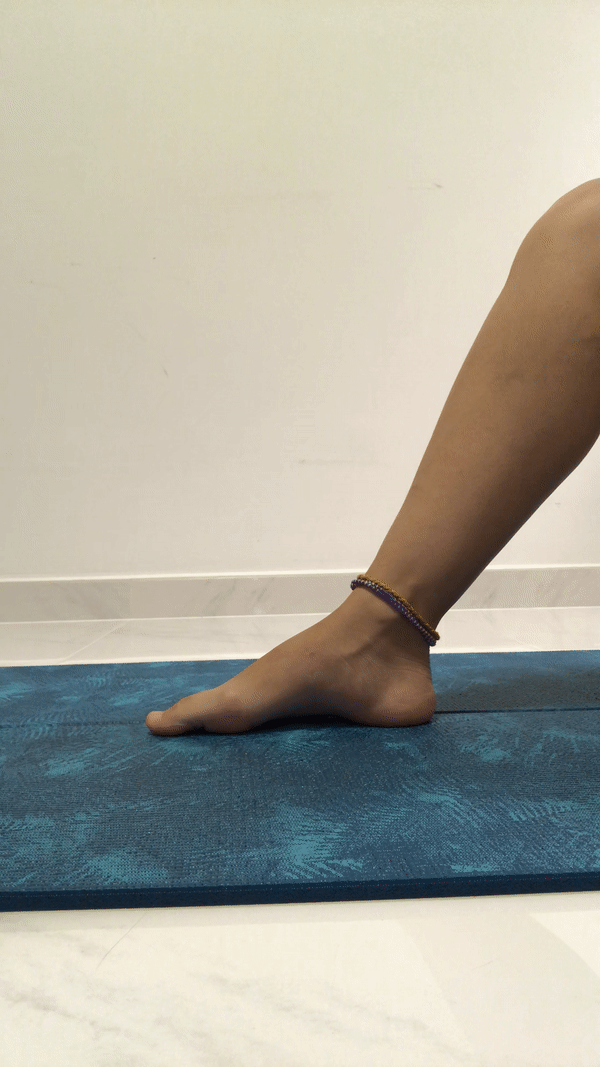
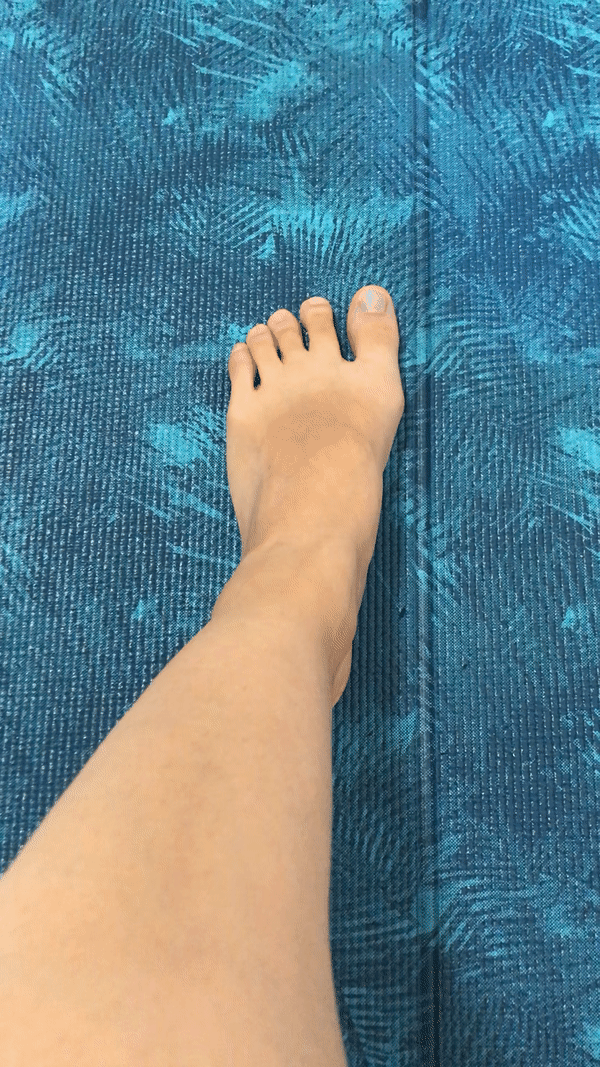
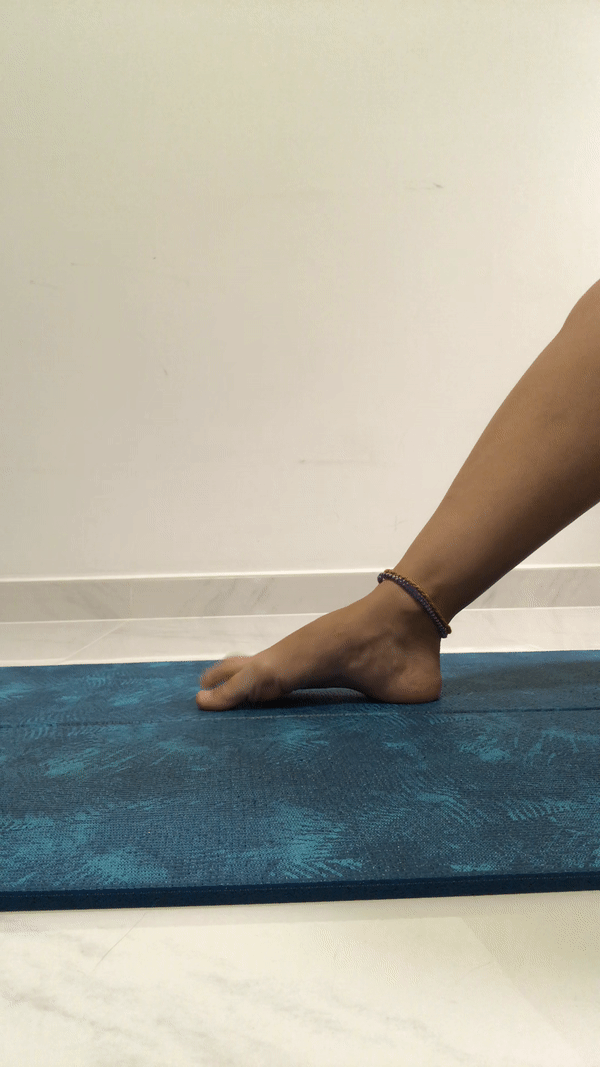
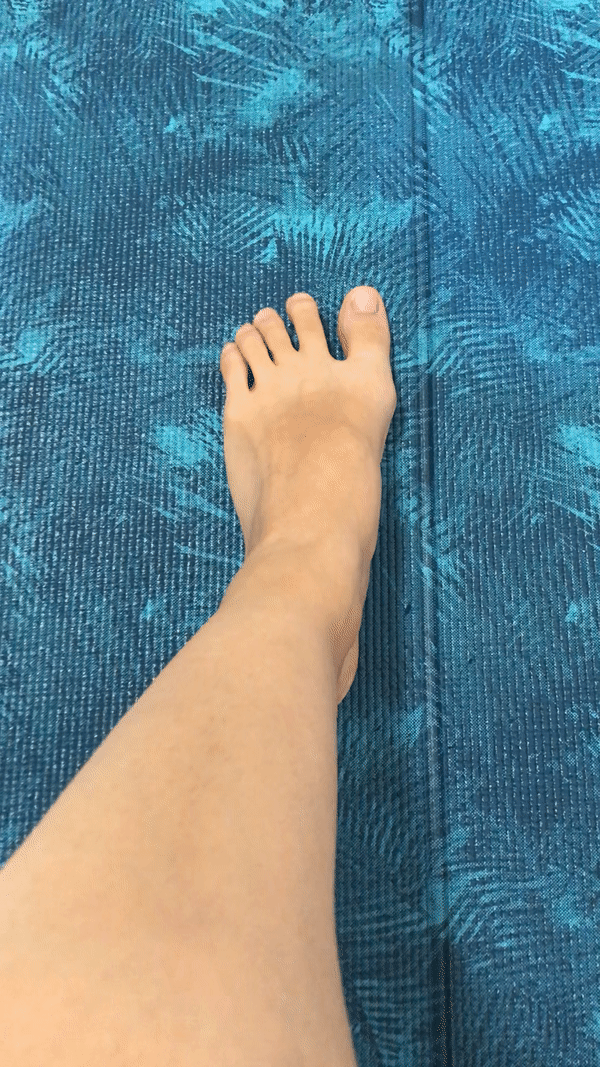
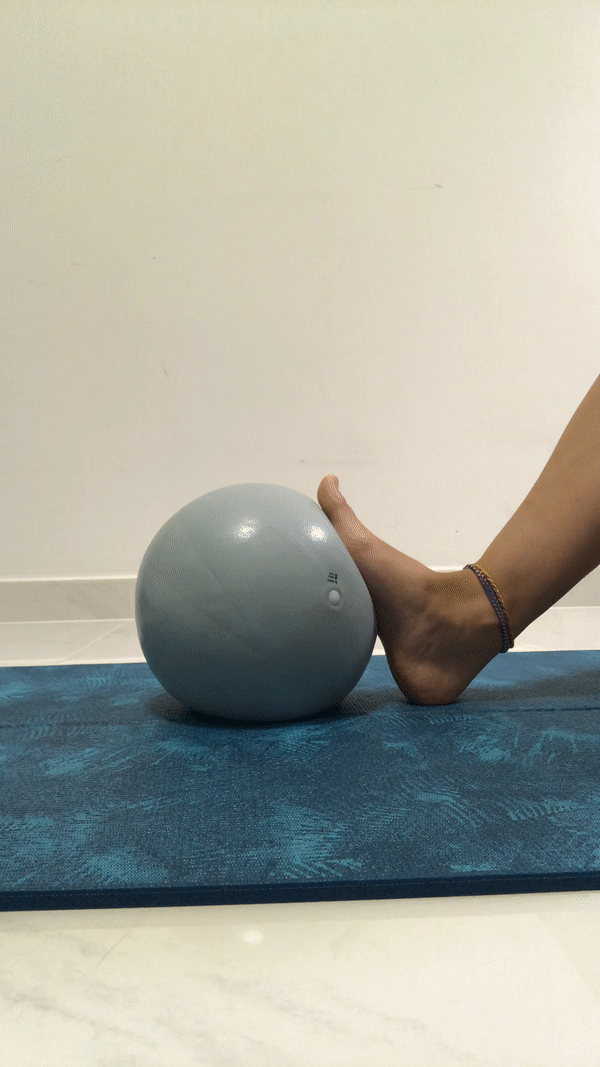
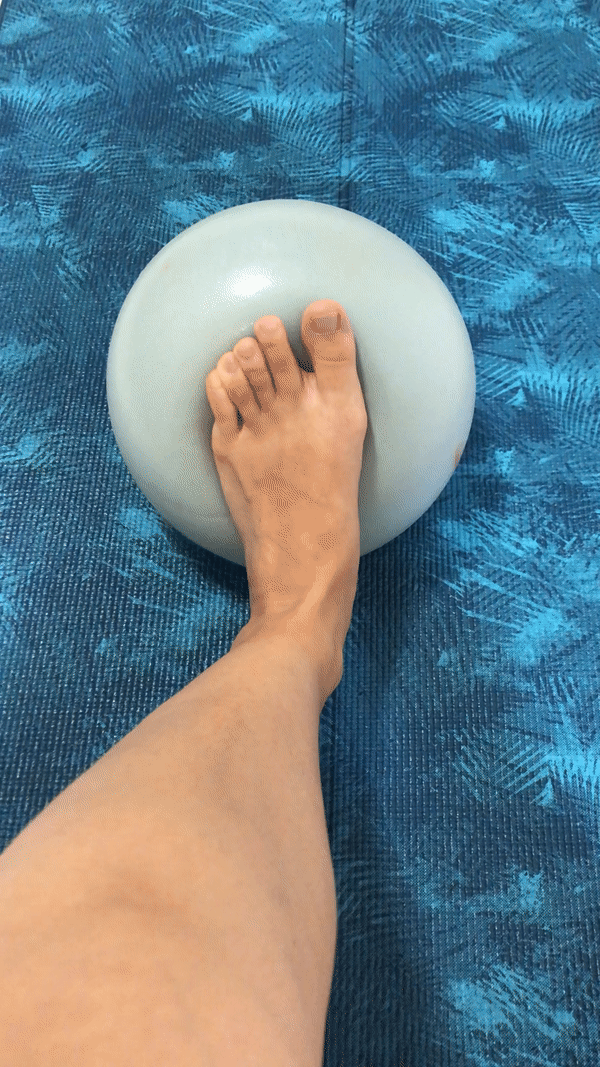


Comments